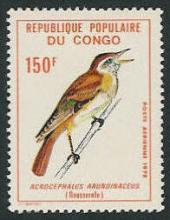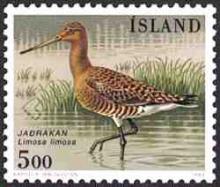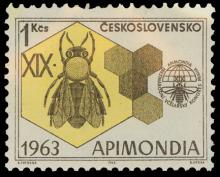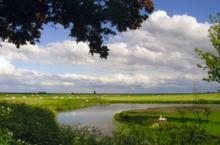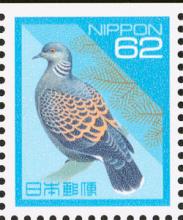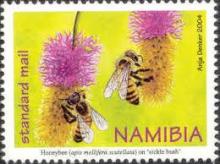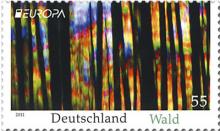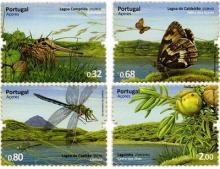The decline of the Great Reed Warbler in Dutch marshes relates to insect decline and surface water contamination with imidacloprid
The Dutch population of the Great Reed Warbler Acrocephalus arundinaceus has declined by 90% from 1960 to 1990 (from 5,000 breeding pairs in 1950-1960 to 400-550 in 1989-1991), and continued to decline by 6% per annum since 1990. The territories of a large Great Reed Warbler colony in the shallow Reeuwijk lakes (at 52◦2’ N and 4◦45’E in the Western part of the Netherlands, near Gouda), which originated from peat-digging in the 16th and 17th century, decreased from 90-100 in 1975, 40 in 1993, 20 in 1997, 14 in 2000, 8 in 2004 to just 6 in 2005. The Reeuwijk polder is mainly used for agriculture and surplus water during wet periods is discharged via the Reeuwijk lakes to the Breevaart canal, which may expose insects in the Reeuwijk lakes to surface water contaminated with pesticides. Surface water analyses in the vicinity of the Reeuwijk lakes have revealed excessively high concentrations of imidacloprid and carbamates (carbendazim and propoxur) that are bound to be toxic to insects. There is supporting evidence. Monitoring data for the characteristic dragonfly Aeshna viridis (a food source for the Great Reed Warbler) in the Reeuwijk lakes since 1998 indicate that this population is declining. The populations of other dragonflies characteristic of peat bogs in the Netherlands, i.e. Leucorrhinia pectoralis (large white faced darter) and Sympecma paedisca are also in decline since the 1960s.

